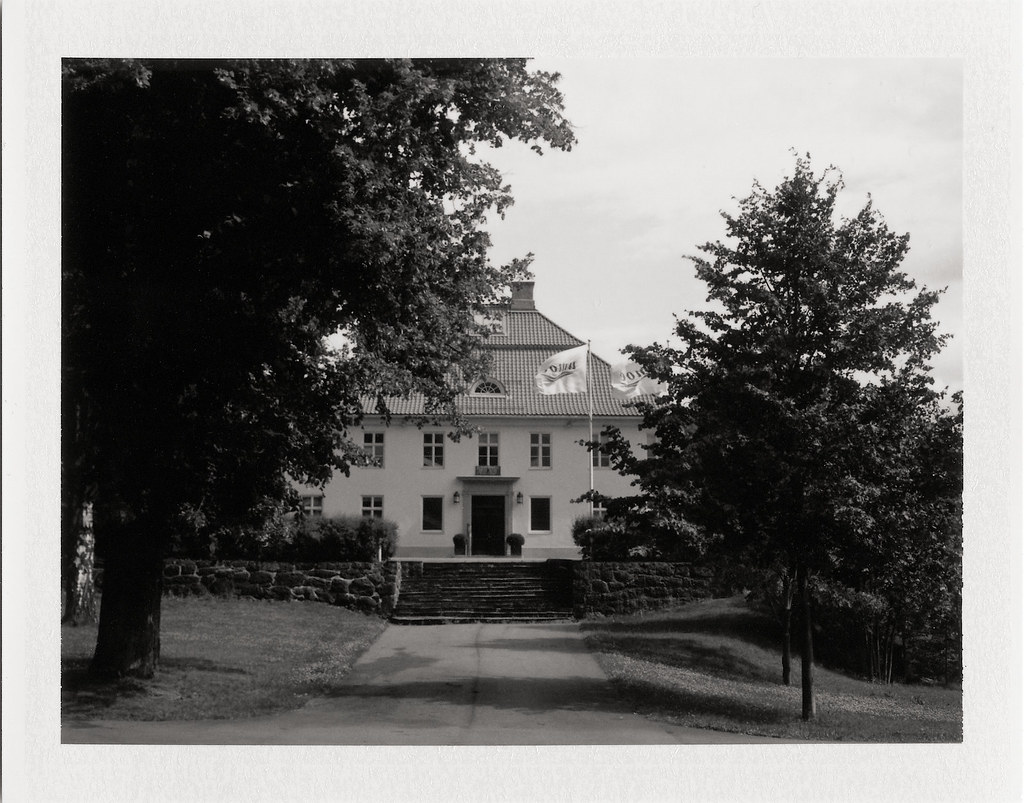SteveM(PA)
Poser
I have a Polaroid Land 230, from which I get decent results, and to a certain extent I've become obsessed with Polaroid. I just love it. The smell, the process, all the scraps of paper amongst which a really nice photograph can often be found. But I'm not happy with its exposure choices, and was thinking of going for one of the all-manual, more expensive models.
Fuji seems to market the film strictly as an ID and proofing tool, even though there are so many Lands still in use in the consumer market. The commercial market is probably a tiny, quickly shrinking blip.
But yes, I know. It's here now, so buy it and shoot it while you can. Nobody knows what is down the road. It would make me alittle sad, though, to have an expensive 'roid shelf queen.
Fuji seems to market the film strictly as an ID and proofing tool, even though there are so many Lands still in use in the consumer market. The commercial market is probably a tiny, quickly shrinking blip.
But yes, I know. It's here now, so buy it and shoot it while you can. Nobody knows what is down the road. It would make me alittle sad, though, to have an expensive 'roid shelf queen.


